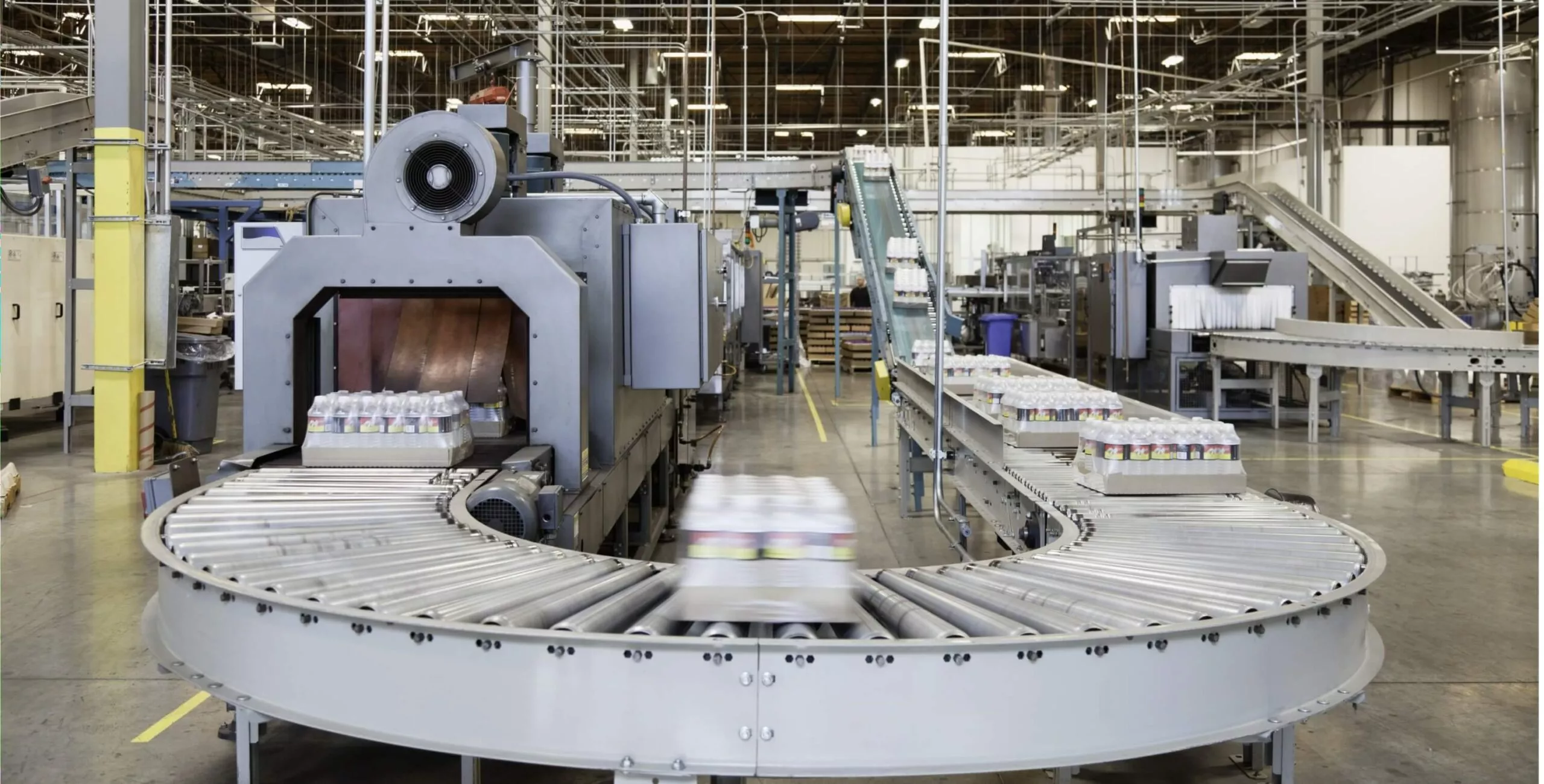What is Precision Maintenance?
Precision maintenance involves performing maintenance tasks consistently while following industry best practices to ensure accuracy and efficiency. It prioritizes careful execution, efficiency, and safety measures to protect everyone involved. This method teaches proper procedures, relies on established protocols, and uses data to achieve successful outcomes.
Examples of Precision Maintenance
Precision maintenance is all about making sure things are done accurately in a company.
Here are 5 common ways maintenance teams use precision maintenance every day:
- Training and Certification: Maintenance personnel receive thorough training and certification for their assigned tasks, equipment operation, and safety procedures.
- Standardized Maintenance Procedures: All planned maintenance tasks follow standardized procedures, covering clear instructions, timeframes, parts requirements, safety protocols, and prioritization.
- Execution of Maintenance Tasks: Equipment assembly, installation, and repairs are carried out according to established schedules designed to optimize asset health, following industry best practices and guidelines.
- Inventory Management: Inventory management ensures that tools, spare parts, and lubricants are of high quality, easily accessible, properly stored, and free from contaminants, facilitating smooth maintenance operations.
- Performance Measurement: Maintenance key performance indicators (KPIs) are established based on industry standards and carefully tracked to evaluate equipment performance. Analysis of performance data identifies areas for improvement and guides ongoing enhancement efforts.
Benefits of Precision Maintenance
Encouraging a focus on precision maintenance within your organization can bring about significant benefits for the entire team:
- Following Exact Standards: By sticking to precise maintenance standards, technicians find it easier to take careful care of machinery and equipment, which helps minimize downtime.
- Better Equipment Performance: Precision maintenance practices contribute to equipment running longer and more efficiently, resulting in improved performance and durability.
- Saving Costs: Implementing precision maintenance can lead to noticeable savings in labor, parts, and downtime costs, offering substantial financial benefits to the organization.
- Increased Efficiency: Precision maintenance not only improves equipment performance but also boosts organizational productivity and efficiency.
- Essential for Total Productive Maintenance: Incorporating a precision maintenance program is a crucial part of establishing a comprehensive total productive maintenance strategy within an organization. It empowers all stakeholders within the facility to actively contribute to improving maintenance practices and overall operational effectiveness.
Requirements for Precision Maintenance
- Skill Training: Employees need training to perform maintenance tasks efficiently and accurately.
- Access to Tools: Technicians should have access to calibrated tools and know how to use them properly.
- Quality Materials: Using high-quality materials and storing them properly is important for effective maintenance.
- Clear Workflow: There should be a clear plan or workflow for employees to follow during maintenance tasks.
- Asset Information Accessibility: All necessary information about assets, like maintenance history and manuals, should be easily accessible.
- Documentation and Testing: Maintenance procedures should be well-documented and regularly tested for reliability.
- Preventive Maintenance Plan: Having a preventive maintenance plan in place helps prevent equipment failures and ensures smooth operations.
Precision maintenance builds upon established practices, aiming for continuous improvement in maintenance processes.
How NEXGEN Can Help You Optimize The Maintenance Tasks?
By now, you’ve seen how precision maintenance goes beyond just fixing things when they break. It’s a proactive approach that optimizes equipment lifespan, minimizes downtime, and boosts overall efficiency.
However, implementing these practices can be challenging. That’s where a CMMS software like NEXGEN comes in. It provides the tools and structure to seamlessly integrate precision maintenance into your workflow.
Here’s how NEXGEN can help:
- Simplify Work Orders: Manage work orders efficiently, ensuring tasks are completed following established procedures.
- Organize Inventory: Keep track of parts and lubricants, preventing delays caused by missing materials.
- Schedule Maintenance with Ease: Develop and manage preventive maintenance schedules based on equipment history and industry standards.
- Track Performance: Utilize data analysis to identify potential problems early on and prioritize maintenance needs.
- Improve Communication: Enhance communication between maintenance teams and other departments, fostering collaboration.
By incorporating NEXGEN and adopting a precision maintenance approach, you can significantly improve your maintenance operations.
You’ll experience reduced downtime, improved equipment performance, and potential cost savings, all contributing to the long-term success of your organization.
If you’re interested in learning more about how NEXGEN can help you achieve precision maintenance goals.





